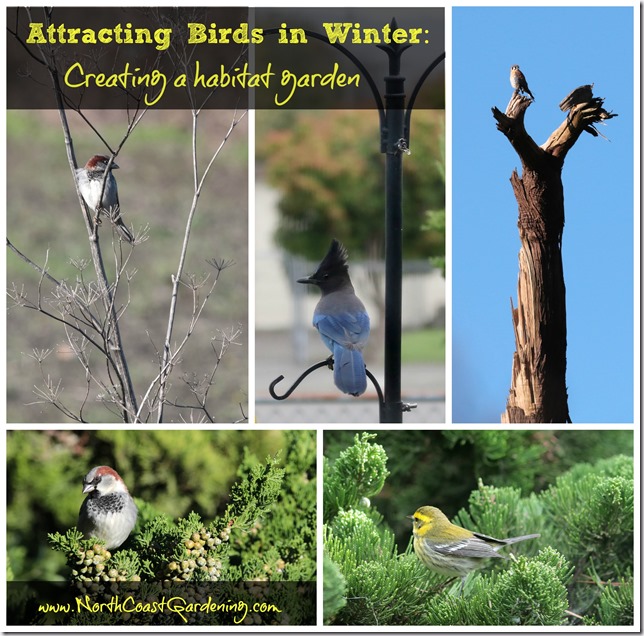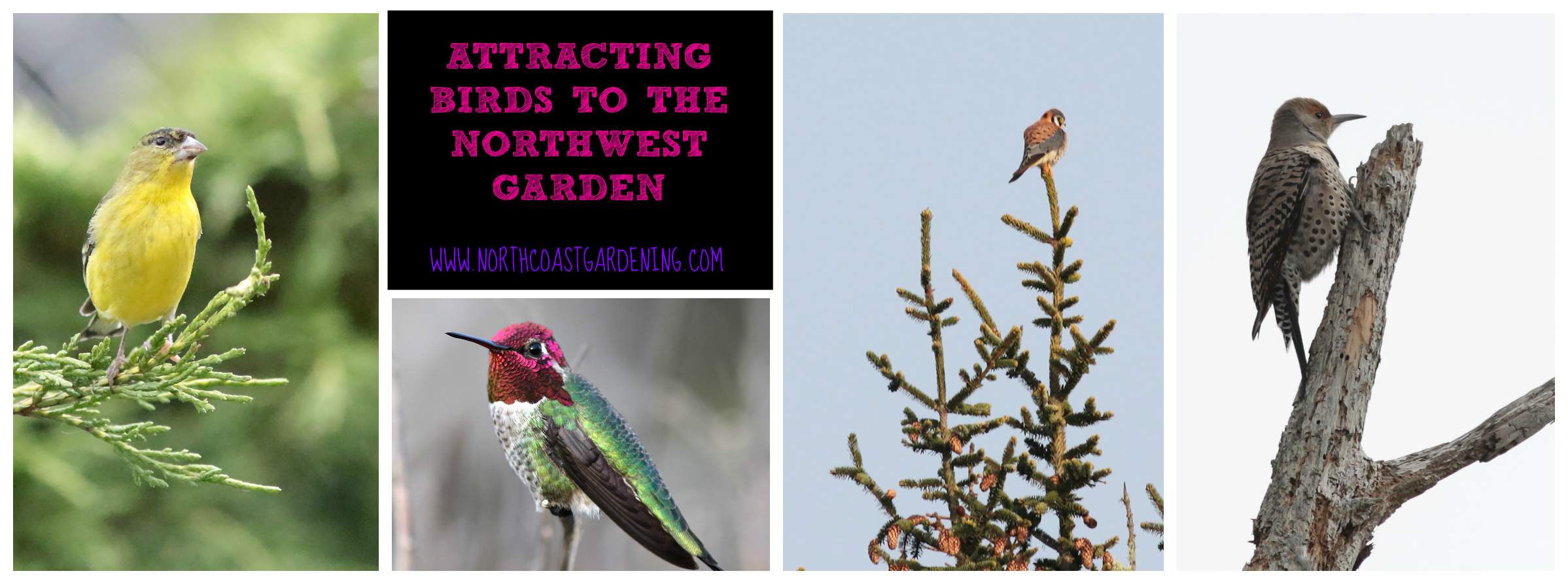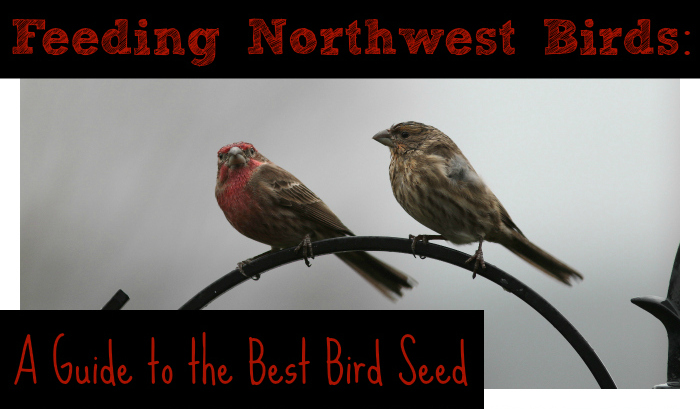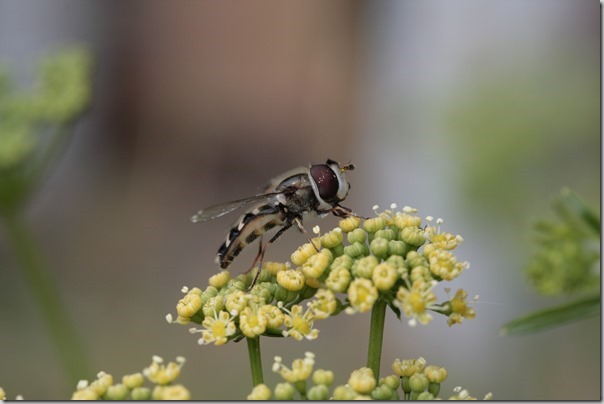-
How to Create an NWF-Certified Wildlife Habitat
The National Wildlife Federation has a really effective educational program that allows people to certify a home, school, church, or business garden as a wildlife habitat garden. Why is this educational? Because in the process of certification, you learn a lot about how to create a mini ecosystem in your garden. Then, once you’re certified, everyone…
-
What Birds Need in Winter: Creating a Year-Round Habitat Garden

When attracting birds to the garden, we often think of setting out some bird feeders and maybe a bird bath. But like us, wild birds need a variety of things to thrive, and especially in inclement weather. As we lose many of our natural lands to development, supporting local and migrating birds through all of…
-
Attracting Birds to the Pacific Northwest Garden

Watching birds swoop and listening to them sing are some of the many joys of gardening. But hanging up a few feeders isn’t enough to create a true backyard habitat for birds; inviting them to come and “stay a spell” takes careful consideration of their needs. So what exactly do you need to do to keep birds hanging…
-
DIY Bird Seed Blends for Feeding Wild Birds (and a Guide to the Best Seeds)

Feeding wild birds is a rewarding pastime and a wonderful way to identify different birds in your area, which is good information to have if you are planning to use native plants in your garden to attract specific species. It’s also a great way to share a love of wildlife with children who may be…
-
Tired of Spraying? You Might Just Need a Dose of CTFD

New gardeners, like new parents, tend to be a bit overprotective of their charges. It doesn’t matter whether we’re talking a fancy new shrub from the garden store, or our firstborn little darling – too much hovering can lead to, well, not-so-great results. There’s a new parenting trend floating around the internet called “Calm the…
-
Wildlife Garden Design Tip: Use Less Lawn!
When talking with another designer recently, she said something that stuck in my head: “Lawn? We call that “green concrete”. Sure, sometimes you need a bit of it here or there, but it brings so little to the table that we try to avoid it!” And it’s true! I love sunning myself and playing with…
-
Wildlife Garden Design Tip: Using Native Plants Effectively
For most of us, our first thought when designing a landscape is how to make an aesthetic difference. As landscape designers, we want to inspire people and give everyone who spends time in our landscape an opportunity to reflect, feel uplifted, and just enjoy the sheer beauty of the plants that share our world. This…
-
Wildlife Garden Design Tip: Focus on Shape
Think native plants and wildlife-attracting gardens look messy? It doesn’t have to be that way. In this series, we’ll talk about the techniques involved in designing a beautiful wildlife garden. Recently, Rachel Matthews wrote a guest post here about what she sees as the most important aspect of landscape design: Shape. I want to follow…
-
Wildlife Garden Design Tip: Choose a Simple Color Palette
Think native plants and wildlife-attracting gardens look messy? It doesn’t have to be that way. In this series, we’ll talk about the techniques involved in designing a beautiful wildlife garden. Today’s tip goes well with my last piece of advice, which was to plant native and wildlife-attracting plants in masses: The tip? Choose a simple…
-
Wildlife Garden Design Tip: Plant in Masses
Think native plants and wildlife-attracting gardens look messy? It doesn’t have to be that way. In this series, we’ll talk about the techniques involved in designing a beautiful wildlife garden. Many native plant enthusiasts and wildlife gardeners start out by trying to replicate the randomized “design” of nature, by planting a lovingly-curated collection of individual…